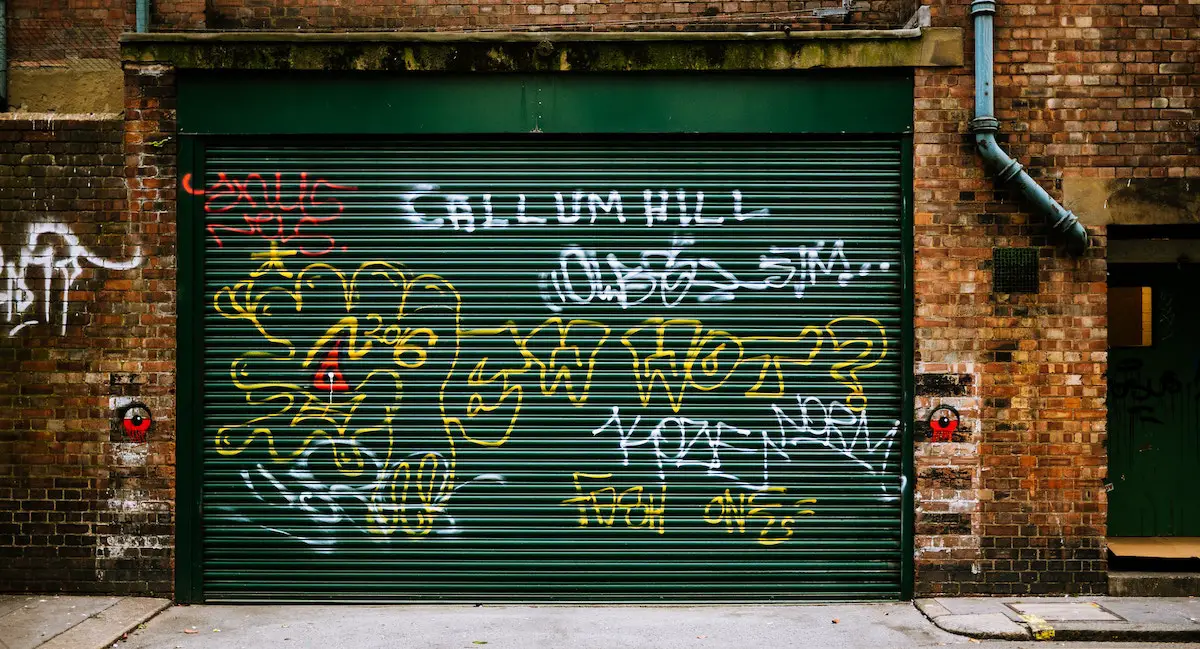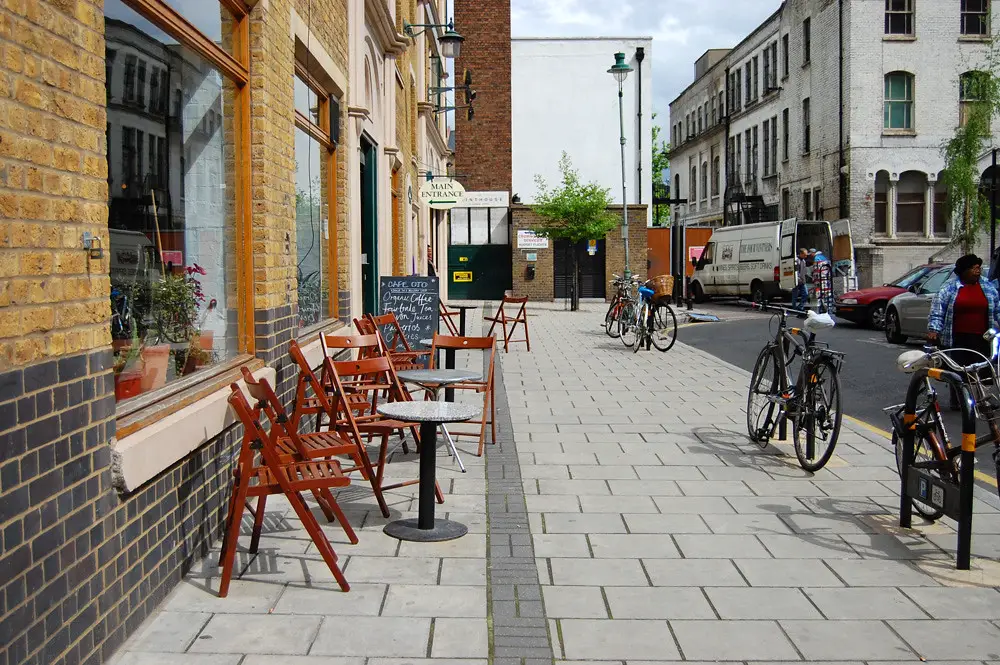London’s new ‘Cycle Superhighways’ are supposed to provide safe, fast and more direct journeys into the city centre, with the city expecting to see two more open every summer through to 2015. The CS7 starts in Colliers Wood, around 9 miles south west of the city centre. It starts quite subtly, with two blue lanes emerging either side of the road outside the tube station.
The route progresses alongside the main road, often sharing space within bus lanes. In fact, one major difference between the CS7 and the CS3 is a lack of raised space. As shown during my last post on this subject, much of the CS3 is raised from road level, fully separating cyclists from automobiles. This doesn’t happen frequently on the CS7.

If the solid blue lanes become broken for any reason – in this case, a bus stop – blue squares move to the side of the obstruction, illustrating to other road users that the CS7 is continuing in their space.

At traffic lights, the CS7 widens to ensure cyclists priority whichever direction their journey continues in.

Whilst a Cycle Superhighway at the same level as the road isn’t necessarily a bad thing – cars and bikes should be able to peacefully co-exist, after all – it does lead to complications. Disregard from other road users parking in the lanes renders them useless, but at many points along the CS7, there are designated parking bays located directly on top of the cycle lane. In the photo above, the CS7 is totally obstructed by a van parked within an official parking bay. Shared space on the road is acceptable, provided all vehicles within it are moving.

Route maps are dotted throughout the route, showing you your progress and providing time estimates for your trip.

As the route gets close to the city centre, it leaves the road and begins sharing space with pedestrians, running alongside a park on a car-free road. At this point, the route begins to be illustrated by these big blue squares instead of a solid path.

As the blue squares can be more complicated to follow than a solid cycle lane, road signage begins to be introduced.

Now very close to central London, solid lanes sporadically emerge, fully separated from the main road.

Points where the route has to cut across major road sections are clearly illustrated to all road users, with traffic flow governed by traffic lights. Notice the London Cycle Hire station in the distance – what a well integrated section of the route!

As the CS7 reaches its final destination – Southwark Bridge over the river Thames – it becomes physically divided from the road for one of the few points during the route.
As with the CS3, the CS7 is a vast improvement on what existed before, but has frustrating moments of inadequate functionality. The fact that other road users are actually encouraged to park on the cycle lane is a massive error, significantly reducing the experience for those using the CS7, which, other than this oversight, is an excellent piece of infrastructure for cyclists.



